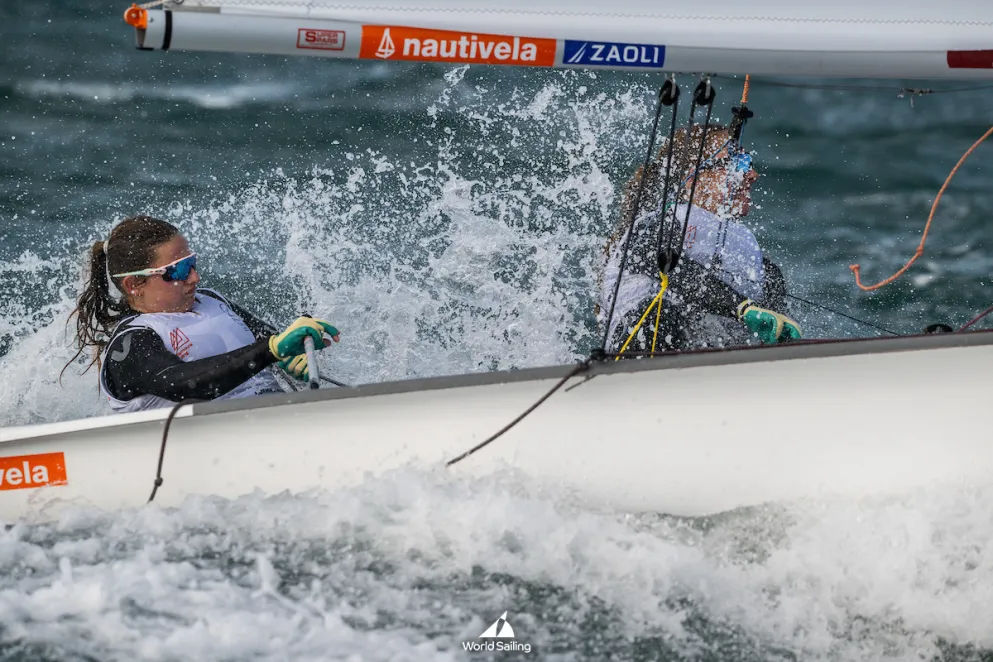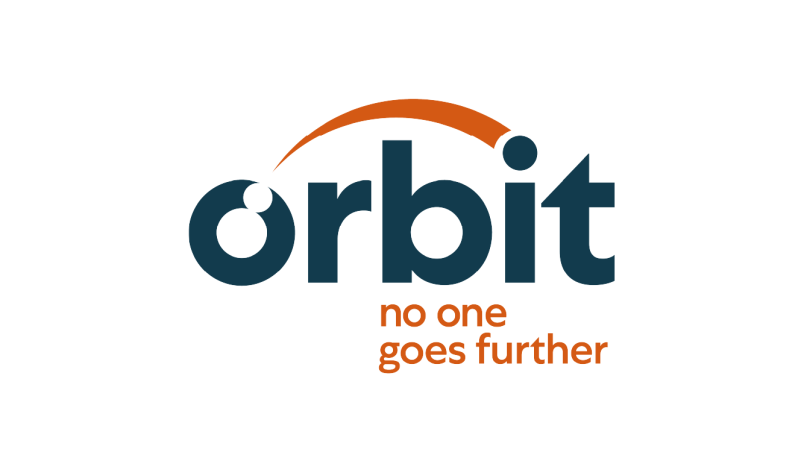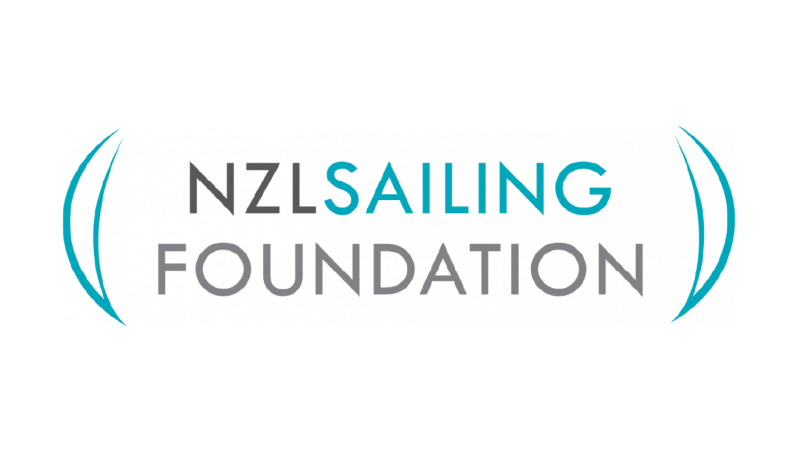Emergency Beacon reviews now available
If you can’t call for help, no-one can rescue you.
Experienced climber John and many others understand that well.
When the 57-year-old found himself stuck up a mountain earlier this year, his most important piece of equipment became his personal locator beacon (PLB). Five minutes after activation, his rescue was under way.
It’s the same on the water. If you find yourself in trouble on the water, it’s the lifejacket that will keep you alive, but it’s the emergency distress beacon that will initiate your rescue.
John and others are sharing their survival stories in the Christmas edition of Consumer magazine.
It was also commissioned by Maritime NZ and the NZ Search and Rescue Council to conduct rigorous and independent reviews of beacons and lifejackets. Those reviews are now available online.
Reviewers scrutinised PLBs, Emergency Position Indicating Radio Beacon devices (EPIRBs), and SENDS, or Satellite Emergency Notification Devices.
Their conclusions on cost, limitations and suitability for certain locations and activities should be essential reading for anyone looking to hit the water or bush around the country, says Justin Allan, Maritime NZ’s General Manager, Rescue Coordination Centre NZ.
Stats from NZSAR show that 1 in 3 land-based rescues are initiated by a beacon and that 90% of those are completed inside 8 hours, with 90% of rescues where a beacon was not used taking 18 hours.
“Distress beacons are the most effective way of letting people know that you need urgent help and where to find you,” says Justin.
Boaties and others are encouraged to take two waterproof ways to call for help.
“Don't rely on a cell phone, have a VHF radio and/or personal locator beacon which is in a waterproof container or bag.
“EPIRBs are the preferred beacons for boats, but PLBs on your person are also ideal for run-abouts, other small vessels and land-based activities,” he says.
“Carrying a beacon will give you the peace of mind that, if you get into trouble, rescue services are contactable, even in remote areas.”
Consumer’s test manager, Dr Paul Smith, says like the choice of lifejackets, “when it comes to emergency alerting devices, it’s critical that the right device is used.
“While satellite messengers (or SENDs) are good for messaging and other non-urgent functions, a PLB or EPIRB is the only way to guarantee you’re sending a distress alert.”
Consumer’s assessment of beacons included the ease of sending a distress alert, and the level of protection from accidental activation. The testers also considered the impact of wet, cold, or gloved hands on the operation of each device.
For PLBs and SENDs, the testers took account of weight, size, and attachments provided.The ability to assess the battery status of each device was considered, along with water resistance, buoyancy, battery shelf life and warranty period.
Release from Consumer NZ
















